Panasonic GF3 Mirrorless Camera Review
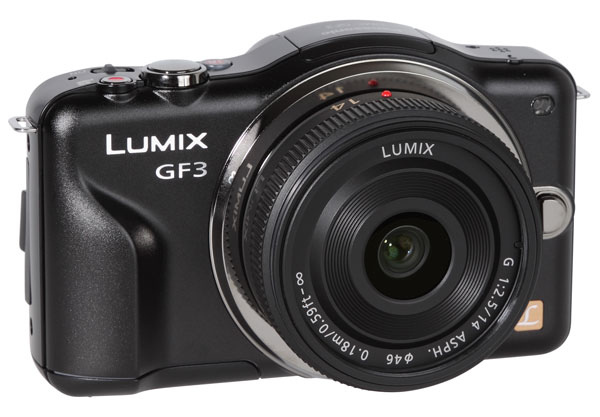
The Panasonic GF3 is the successor of the GF2. The new camera is 17 percent smaller and 16 percent lighter than the GF2, making it an extremely compact camera. Due to the reduction of body dimensions there are some elements missing which were part of the GF2--no accessory shoe for external flash light systems and no interface for the optional ELV that could be mounted on the GF2.
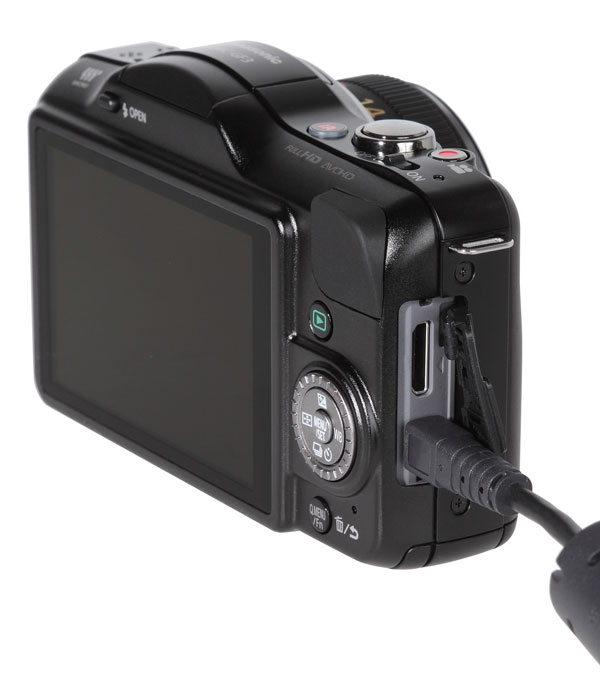
The camera offers a three-step interface design. It uses a standard 4-way cursor, which is encircled by a setup dial to change image parameters. Most important is the touch screen interface, which allows users to set up parameters with a fingertip. The camera uses a special quick menu (button “Q.Menu/FN”, right beside the LCD) which offers the most important settings on the LCD screen. The user can define the quick menu by simply moving the chosen function (resolution, white balance, ISO setting and more) into the menu list in the lower third of the screen.
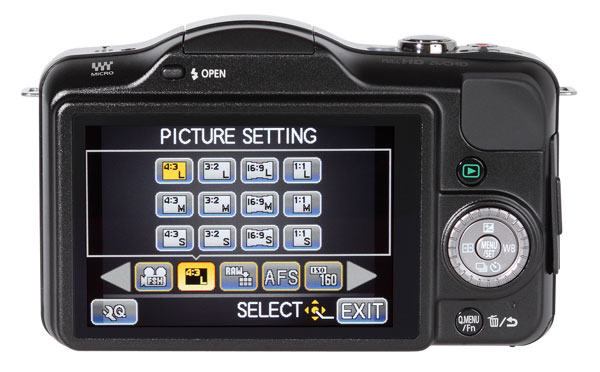
The camera offers autofocus tracking which is simply defined by a fingertip. The photographer just has to touch the area on the LCD screen to indicate where focus should begin, known in this model as a “touch auto focus system”. The LCD is very large (3 inches) and has a resolution of 460,000 RGB dots, which is an average resolution compared to LCDs screens with 921000 RGB dots.

The camera offers all standard exposure modes such as P, S, A and M. These modes and the scene settings are also chosen on the LCD screen because the camera doesn’t have a mode dial on the top. The small pop-up flash system can light scenes up to about 7 ft. The flash system mechanism is newly constructed (compared to the GF2) and raises the flash high above the lens system, which reduces the possibility of red eye effect. An external flash system can’t be used because the accessory shoe is missing.
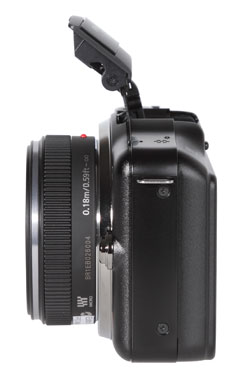
The GF3 is able to record Full HD video (1920 x 1080) and uses the AVCHD format, which is the standard format for HD camcorders. It uses a monaural microphone and has no interface for an external microphone. One other feature is that when combined with the optional 3D LUMIX G lens the camera is able to shoot 3D images.
Comments on Image Quality:
Color: The GF3 offers slightly over-saturated images (105 percent) and emphasizes blue nuances by reproducing these colors with a high magenta rate. The automatic white balance system shows a tendency towards cooler and bluish colors, typical behavior for Panasonic cameras.
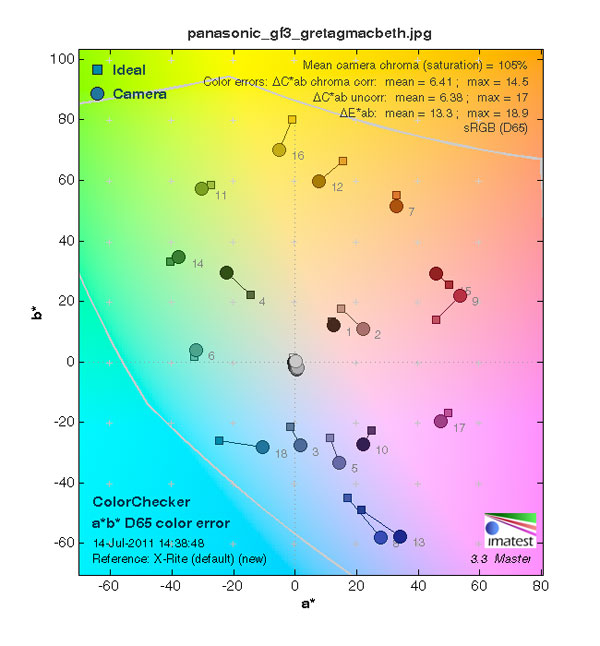
The portrait test shot has a very little bluish/greenish touch, but skin tones and red nuances are natural. The exposure settings (automatic mode) are nearly perfect in the portrait shot, but a little too dark in our standard test box shot.

Sharpness:
The camera produces sharp and crisp looking images. We shot the resolution tests with the brand new LEICA DG SUMMILUX 25mm/F1.4 ASPH, which is an impressive lens. Combined with this lens the GF3 reproduced the ISO12233 chart with 2769 lines per picture height, which nearly matches the nominal resolution of 3000 lines in picture height. Some test shots using the 14mm pancake lens achieved an output of nearly 300 lines less.
We also took all standard test images with the Leica 25mm. The test box shot shows a sharp and crisp result, although there is a reduction of sharpness visible in the corners of the image. The very sharp results are also noticeable in the portrait shot. This image shows very clearly differentiated details like hairs and the fabric of the model’s t-shirt.
The AF system is very fast. The camera uses a contrast metering system with 23 AF areas and is able to set focus within 0.18 seconds.
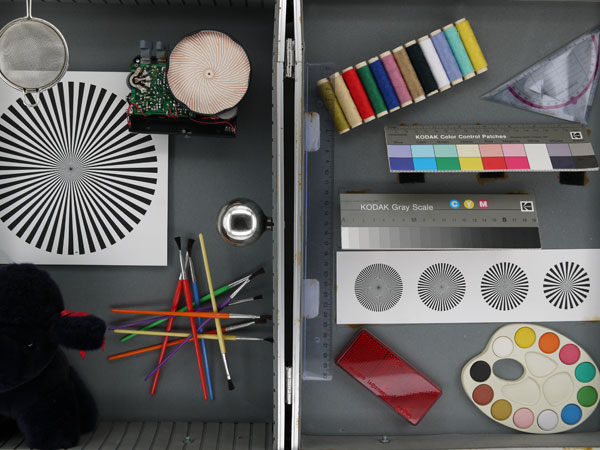
Noise:
Due to the moderate relationship of sensor and pixel size (12 MP on 17.3 x 13mm Micro Four Thirds sensor) the noise results are on a good, but not perfect level. The luminance noise factor remains below 1.0 up to ISO speed settings of 1600. Color noise is slightly noticeable even in images taken with lower ISO speed settings (160 to 400). When taking images with higher ISO speed settings (1600 to 6400) the camera will use an anti noise filtering system, which causes color smear/color clouds in homogenous color areas like the gray fields in our noise test chart.
Pro:
+ extremely compact CSC system camera
+ very sharp images (using the Leica 25mm F1.4)
+ many scene modes for beginners
+ Full HD video
Contra:
- no accessory shoe or ELV interface

















































